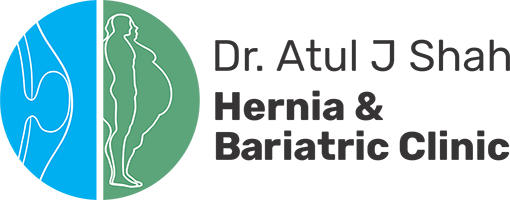Gallstones can cause pain, nausea, and even make it difficult to digest food. These solid lumps that form in the gallbladder can cause discomfort in one way or another. Surgery is not always required for every case. However, some form of medical treatment is essential for those who have complicated symptoms. Waiting for surgery or another form of treatment depends on specific factors like overall health, symptoms, and risk factors.
Let’s take a look at both options so you can decide what might be effective in your case.
Laparoscopic and open procedures for surgical treatment:
Surgical gallbladder removal is the most effective solution, especially for people who suffer from painful gallstones. The most commonly used technique is Laparoscopic Cholecystectomy. It is a form of minimally invasive procedure which involves only small cuts. As a result, recovery is faster with less pain and you won’t need to stay in the hospital for a long duration.
In rare situations, like severe inflammation or infection, it might be necessary to perform an open cholecystectomy. This involves a larger incision than usual and, if anything, will increase your hospital stay.
There are complex cases where this might be the only reasonably safe alternative treatment, even if it is considered more invasive.
Options for Treating Non-Surgically
For patients without symptoms or those who do not qualify for surgery, there are some non-surgical methods:
External Shock Wave Lithotripsy (ESWL)
This method uses sound waves to target gallstones so that they can pass through the body naturally. It is recommended for patients with smaller stones.
Oral Medication
Some gallstones that are formed due to cholesterol can be slowly treated with certain bile acids. The only drawback is that they take a long time and only work for specific types of stones.
Endoscopic Retrograde Cholangiopancreatography (ERCP)
This technique is useful in removing stones from the bile ducts but does not deal with gallbladder stones.
Cholecystostomy
A bypass method for very weak patients. A catheter is placed through the skin into the gallbladder to control pressure and inflammation until surgery becomes possible.
The Right Steps Forward
Ultimately, the severity of your symptoms, overall health, and the risk of complications will decide which treatment is suitable. Be sure to consult a medical professional so that you can take an informed decision regarding gallstone treatment.


